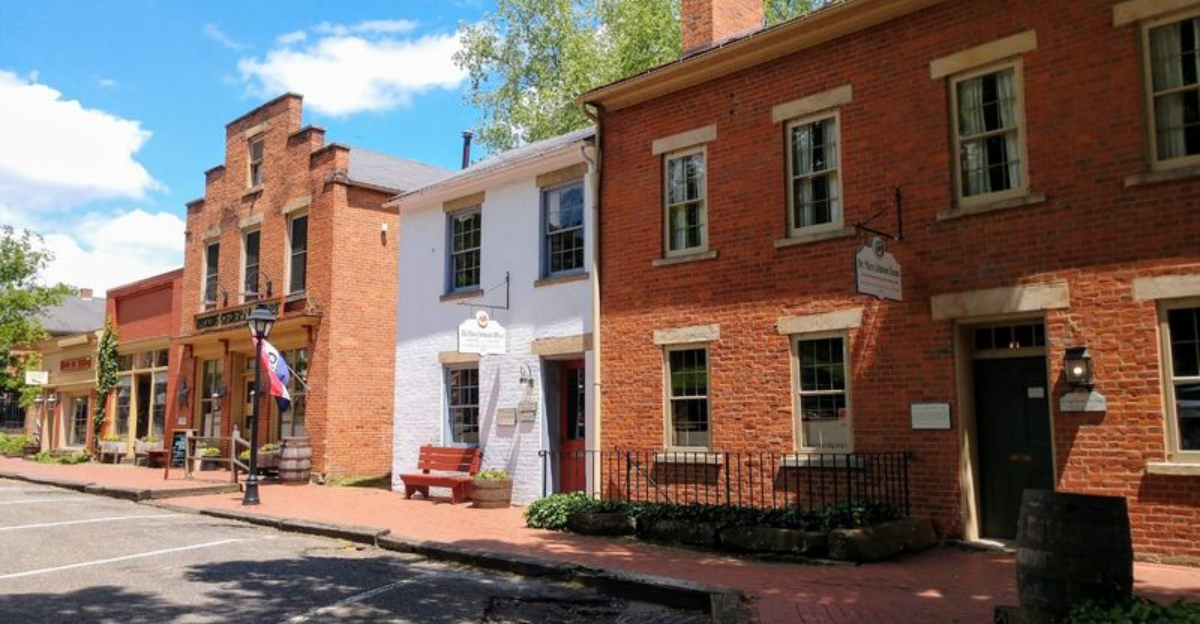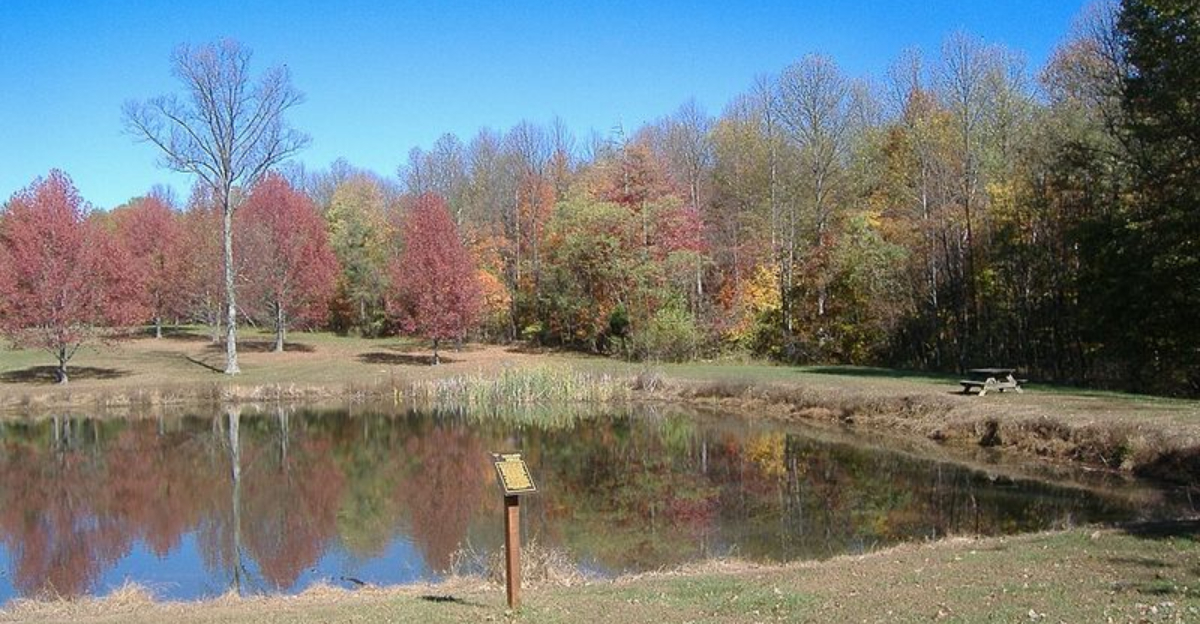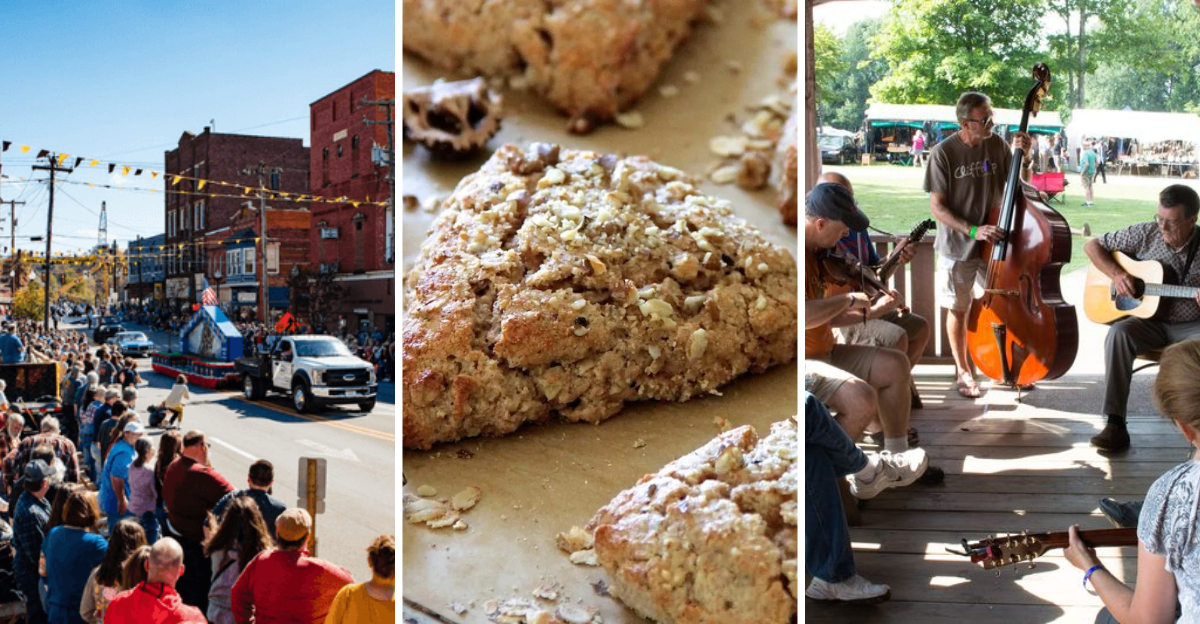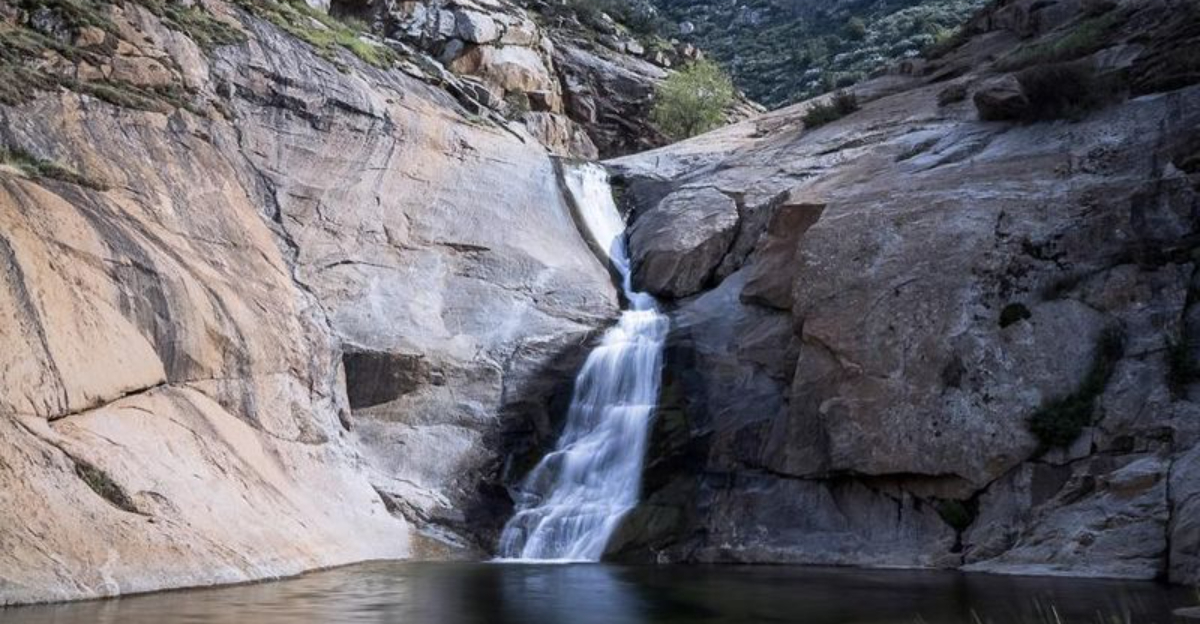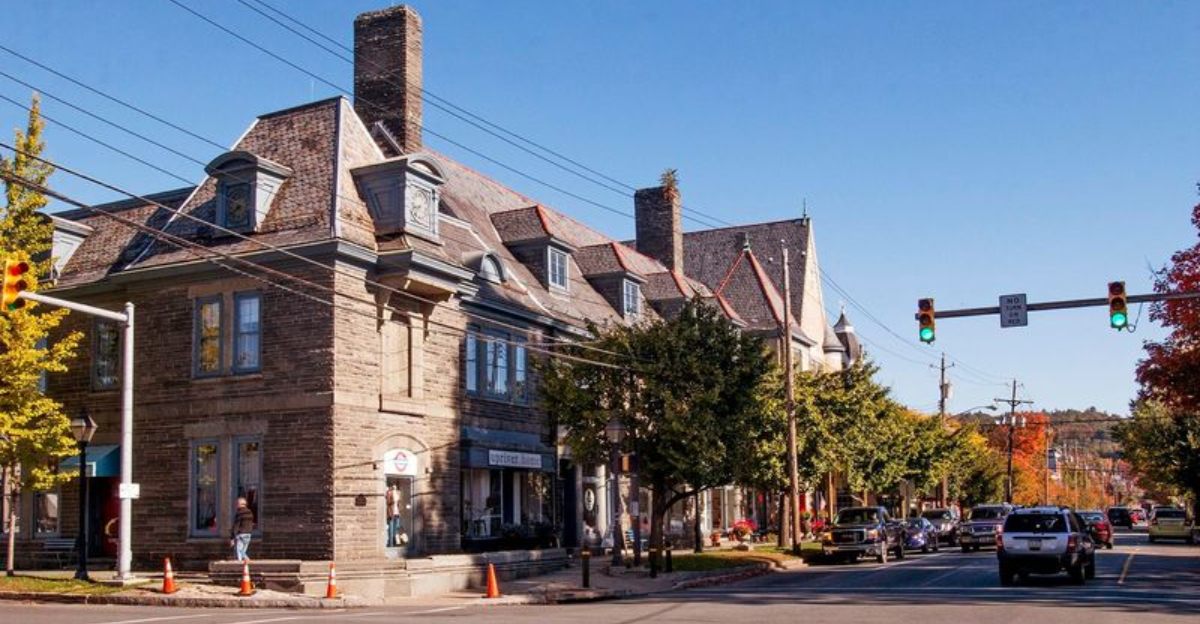Wilmington’s Phoenix Bridge Has Risen From Ashes Three Times Since 1839
Standing proudly over the Brandywine River in Wilmington, Delaware, the Phoenix Bridge has a remarkable history of resilience. This historic structure has literally risen from destruction three separate times since it was first built in 1839, earning its phoenix-like nickname.
Each rebuilding marks an important chapter in Wilmington’s development and shows the community’s determination to maintain this vital crossing point. The bridge’s repeated resurrections make it a perfect symbol of the city’s enduring spirit.
1. Scarcity Makes Delaware’s Covered Bridges Precious
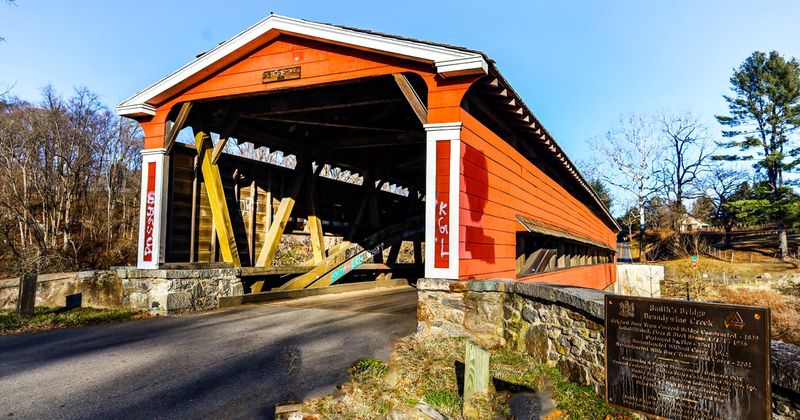
Delaware doesn’t boast Pennsylvania’s covered bridge abundance or Vermont’s rural charm in this department; the First State counts its historic wooden crossings on one hand.
Smith’s Bridge spanning Brandywine Creek near Wilmington represents quality over quantity, a 145-foot structure whose vibrant red-orange exterior stands out against northern Delaware’s lush greenery like a beacon from another century.
The current bridge completed in 2002 tells a story of resilience and community determination to preserve tangible connections to the past. This isn’t original construction, it’s the latest chapter in a narrative stretching back nearly two centuries, punctuated by fire, rehabilitation, and reconstruction.
2. The Burr Arch Truss: Belt and Suspenders Engineering
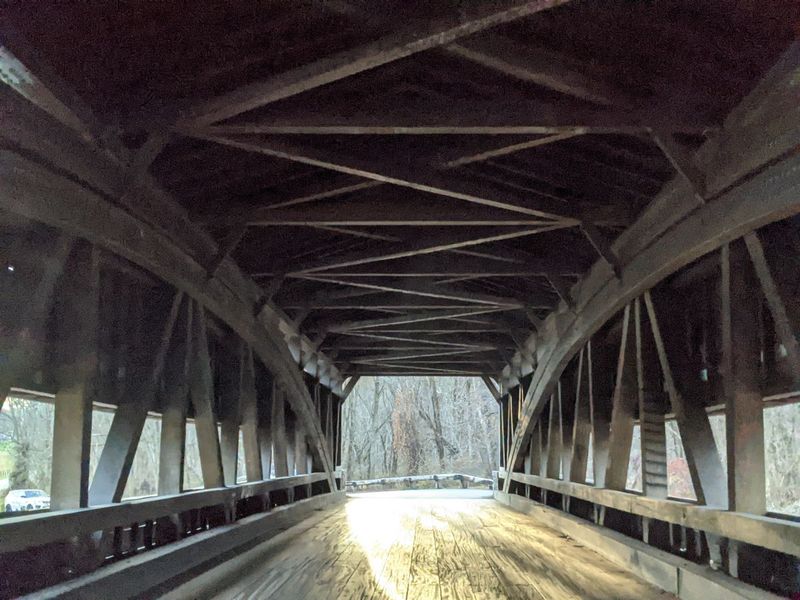
Theodore Burr’s 1804 patent combined an arch with multiple kingpost truss, creating redundant support systems that delivered exceptional stability using 19th-century technology. Walking inside Smith’s Bridge reveals this complex wooden framework, curves and straight lines working harmoniously like the skeleton of a wooden whale.
The Burr truss became among America’s most popular covered bridge designs, connecting this Delaware landmark to broader national bridge-building traditions. For engineering enthusiasts, it’s a textbook brought to life; for others, it’s simply functional elegance made beautiful.
3. Why Cover a Bridge? Practical Origins
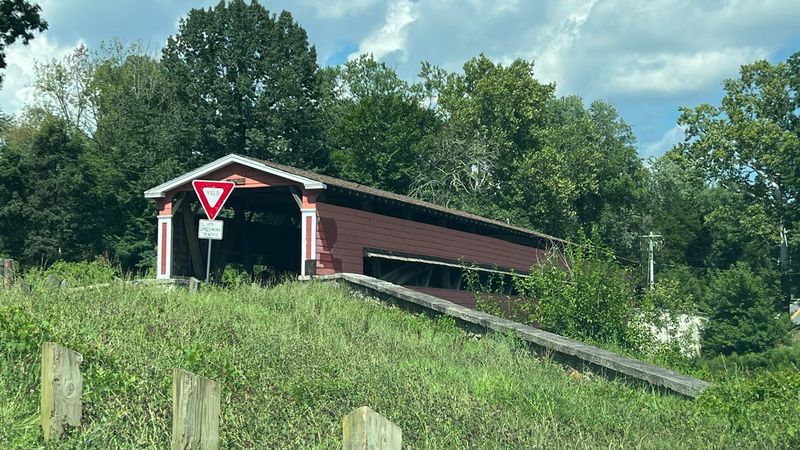
The roof and sides weren’t architectural whimsy; they protected wooden structural elements from weather, extending lifespan dramatically. Uncovered wooden bridges might last 10-15 years; covered versions could survive decades or even a century. Think of it as 19th-century rustproofing, except infinitely more charming.
The original 1839 construction served the community for over a century before 1956 rehabilitation added steel beams and new piers. But in 1961, fire destroyed the beloved landmark, a sadly common fate for wooden covered bridges throughout American history. The community wasn’t ready to surrender their historic crossing.
4. From Functional Crossing to Community Symbol
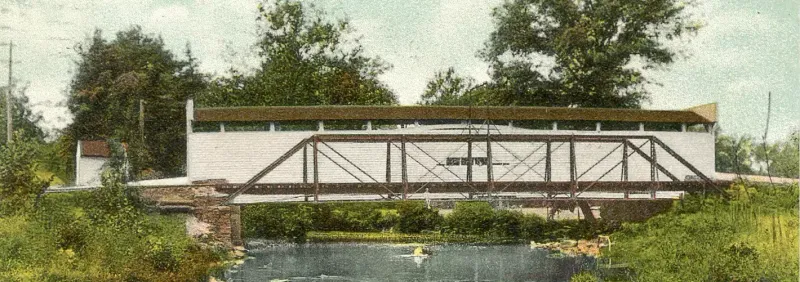
By 1962, a new bridge stood at the site, though initially without its signature cover. Four decades passed before the 2002 reconstruction restored the iconic covered status with historically accurate Burr trusses. Today’s bridge still carries vehicular traffic with a 3-ton weight limit and 13-foot-6-inch height restriction, functional infrastructure that happens to be beautiful.
The dedication plaque acknowledges the Smith’s Bridge Working Group and local community “whose involvement and support made this project possible.” This sense of ownership shows in how well-maintained the structure remains, unlike some historic landmarks showing neglect or vandalism.
5. Brandywine Creek Adds Context and Recreation
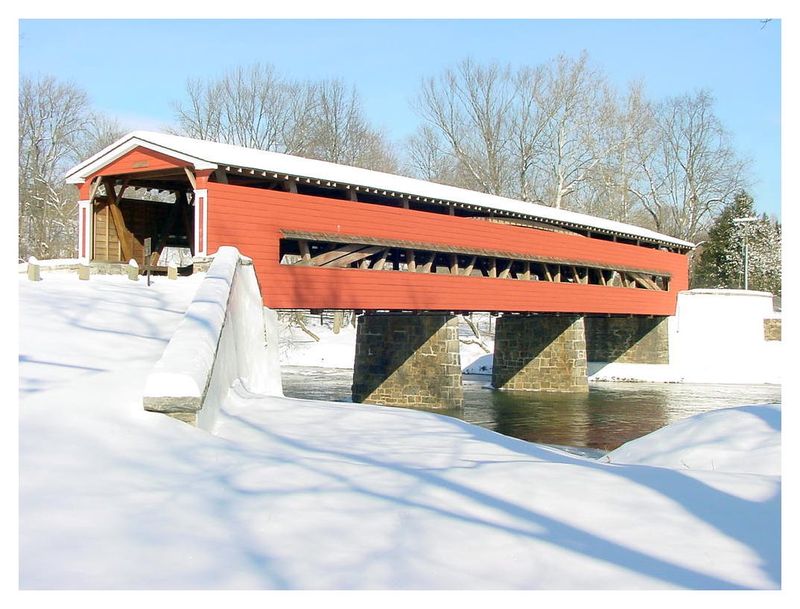
The surrounding waterway played crucial roles in regional industrial development, powering mills that established the area’s economy. Today it attracts canoers, kayakers, and anglers. Paddling beneath Smith’s Bridge offers unique perspectives on construction details not visible from roadway level.
The landscape delivers quintessential Brandywine Valley character: rolling hills, mature forests, occasional glimpses of historic properties speaking to colonial past. Each season transforms the setting: spring wildflowers, summer canopy shade, fall color riots attracting regional photographers, winter snow dusting the roof.
6. More Than Instagram Backdrop
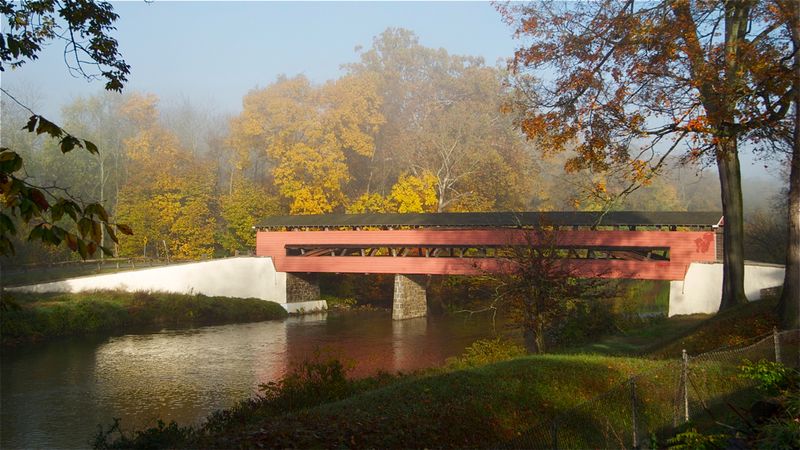
Wedding parties use the bridge for photographs, adding their stories to its long history. School groups visit learning about historical construction techniques and preservation importance. For many Delaware residents, the bridge intertwines with personal memories, first dates, family outings, quiet reflection moments.
Photographers find endless possibilities in contrasts between warm wooden tones and cool landscape blues and greens. Morning fog rising from Brandywine Creek can transform scenes into something almost ethereal, while interior framework provides fascinating geometry and light studies.
Smith’s Bridge proves that infrastructure can be both functional and beautiful, a lesson increasingly relevant as modern communities consider how to build and rebuild for futures that honor rather than erase the past.

